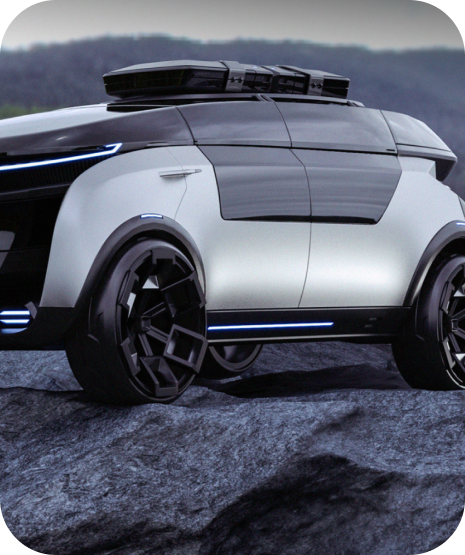How to prevent cyber attacks on autonomous vehicle systems?

How can I navigate through complex traffic situations smoothly?

Collect massive data from test vehicles
Ensure secure communication and data transmission
Manage multiple fleet vehicles
Provide Personalized User Experience
Integrate high-capacity BRYCK and capture CTC (Continuous-Time Code) data up to 1PB at once from autonomous vehicles generated by onboard sensors like LiDAR, cameras, GPS and others.
BRYCK’s swap and shuttle feature enables effortless transfer of data between Data Acquisition Units and Cloud/data centre’s for storage, analysis, and access enabling continuous improvement in overall system performance and new features over time.
Fast I/O aids real-time analytics of the collected data. Run advanced algorithms and artificial intelligence (AI) to interpret data and generate actionable insights for the vehicle’s control systems.
Establish comprehensive connectivity and interaction between vehicles and their surroundings by enabling seamless data exchange through BRYCK Platform.
BRYCK’s ransomware protection during physical transfer strengthens the defense mechanism of autonomous vehicles against cyber threats and malicious attacks.



BRYCK’s high capacity can facilitate state-of-the-art in-rail entertainment (IFE) systems to store and regularly update the content libraries. Entertainment options for passengers during their journey can enhance their overall travel experience.


Want to find out more about how Tsecond can transform your data journey?